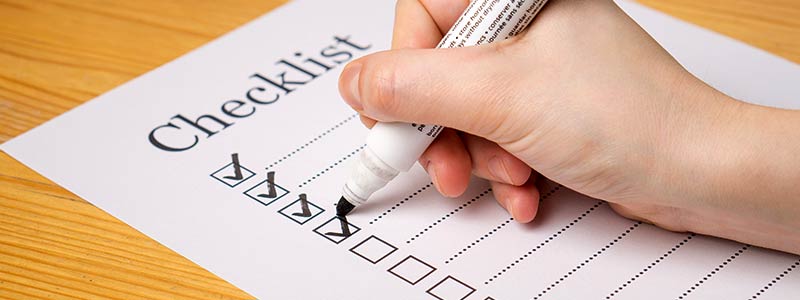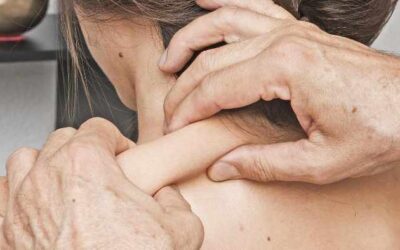by Brent Hearn •
If you stay ready / You ain’t got to get ready
– From “If U Stay Ready” by Suga Free
Assuming you’ve seen the title of today’s article, you may be asking yourself, “What in the world does a 1997 rap lyric have to do with emergency preparedness?”
First off, congrats on your encyclopedic music knowledge! Secondly, in answer to your question: a lot, it turns out.
All you have to do is check the news to see the uptick in natural disasters. Flooding. Tornadoes. Hurricanes. Drought. Wildfires. As of September 11th, 2023, has already seen 23 weather/climate events in the U.S. that exceeded a billion dollars’ worth of damages. (That’s at least a billion dollars each.)
The increase in disasters exposes a sobering truth. Our preparation for these disasters has not matched the need. A 2018 poll by YouGov found that 41% of Americans were not prepared for a natural disaster.
Kit Up
Some emergencies—earthquakes, for instance—can occur without warning, leaving no time for last-minute preparations. And even when there is time (those impacted by a hurricane often have a few days’ notice, for instance), a lack of preparation beforehand may leave you frantically navigating crowded stores with barren shelves.
So, this brings us back to our theme of preparation. Don’t get ready. Be ready. You should always have a disaster supplies kit on hand. In a disaster, the clock is not your friend. Every precious second saved between the time the event occurs and when you begin to take action increases your chances of keeping yourself and your family safe. In some cases, it may even mean the difference between life and death.
The Good News
Though each event has its own specific challenges, there are certain needs that are universal. This makes putting together a kit that can be of use in most emergencies far easier than if you had to pack for every eventuality. For instance, any emergency kit worth its salt should include the following items (just to name a few):
- food
- water
- first-aid kit
- flashlights
- extra batteries and chargers
- whistle
- manual can opener
- dust masks
- cash
- prescription medications
Please note that this is not a complete list. We highly recommend you learn how to build a kit from ready.gov. (There’s no sense in us reinventing the wheel; these folks are professionals.) They’ve got a comprehensive guide that lists everything that should be included in a basic kit, along with a whole lot more: additional items based on your family’s specific needs, the reasoning behind each item, and how to maintain your kit.
What Else?
Once you have all the recommended items covered, work backward. Ask yourself questions like:
- What other needs do I and/or my family have?
- If we’re stuck in traffic for hours due to an evacuation, what challenges would that bring?
- If we’re sheltering in place, what factors do I need to account for?
This is the time to evaluate needs that aren’t strictly necessary for survival. That said, it’s important to weigh those concerns against the portability of your kit. You want to be able to get out fast, and every item brings added weight.
One example of a high-value, low-weight item? A deck of cards. It’s small, light, and doesn’t require batteries. (You may need a way to pass the time, and it can keep kids’ minds off the scary and unfamiliar.)
Stay safe and stay ready!
Sources:
Forbes Advisor: Natural Disaster Facts and Statistics 2023
U.N. News: Climate and weather-related disasters surge five-fold over 50 years, but early warnings save lives
YouGov: Many Americans Aren’t Prepared for a Natural Disaster
NOAA National Centers for Environmental Information (NCEI):
U.S. Billion-Dollar Weather and Climate Disasters (2023)
ready.gov: Build a Kit









 ▶︎
▶︎  Why is the Discount Challenge prize amount $15,024? Because that is the average “per-occurrence” fine for Medicare inducements. That’s not $15,024 per patient, that’s not per provider, that’s PER VISIT. Stinks, doesn’t it? To us, the prize amount is worth the investment if we can help our profession better understand proper discounting.
Why is the Discount Challenge prize amount $15,024? Because that is the average “per-occurrence” fine for Medicare inducements. That’s not $15,024 per patient, that’s not per provider, that’s PER VISIT. Stinks, doesn’t it? To us, the prize amount is worth the investment if we can help our profession better understand proper discounting.